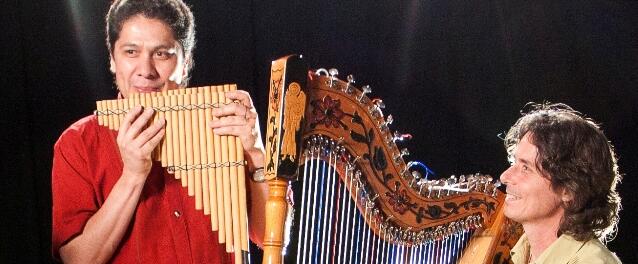Theater in Paraguay
During the colonial period, the Jesuits initiated theater production in both Spanish and the local Native American guaraní, as well as traveling theater companies visiting the country. After independence in 1811, cultural development was for a long time hindered by particularly brutal regimes. In the early 1900s, the country was visited by both Spanish and Argentine groups, and gradually it developed its own drama. Julio Correa (1890–1953) was the period’s leading actor and theater director and playwright. Josefina Plá is Paraguay’s internationally best-known playwright and was instrumental in establishing a theater school in 1948. Much of the theater life has been in close interaction with the Argentine environment, but in our time, own theaters and troupes have grown. During Stroessner’s regime, many cultural workers and entire theater groups went into exile or ceased to exist.
In recent years the theater business has picked up, and a new drama that deals with social conditions has emerged. Important directors have been Mario Prono and Antonio Pecci.
Music in Paraguay
The Indians still have their own music culture with ritual songs, dances and self-made musical instruments, drums, musical arcs, flutes and pan-flutes. The folk music of the Mistis goes back to colonization for a large part, as the missionaries taught the Indians to make European instruments and introduced Christian songs and dances. Guitars, diatonic harps and violins are made locally and used together with songs in forms such as canción, romances, cielitos and the ballad type guaranía. Polcas is a popular dance form that is reminiscent of European polka. Dance music often has lively, syncopated rhythm that is emphasized by bass drum.
